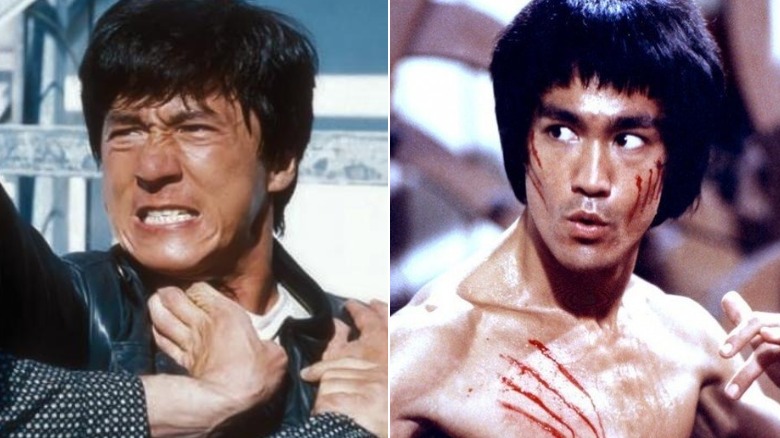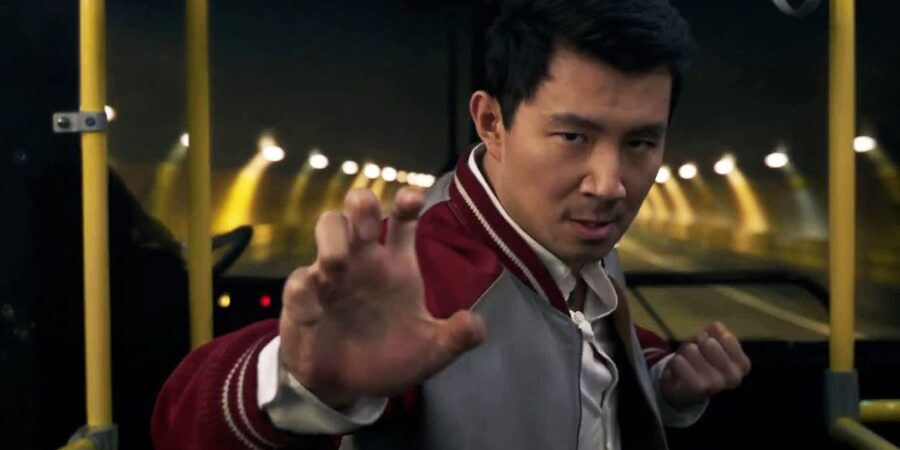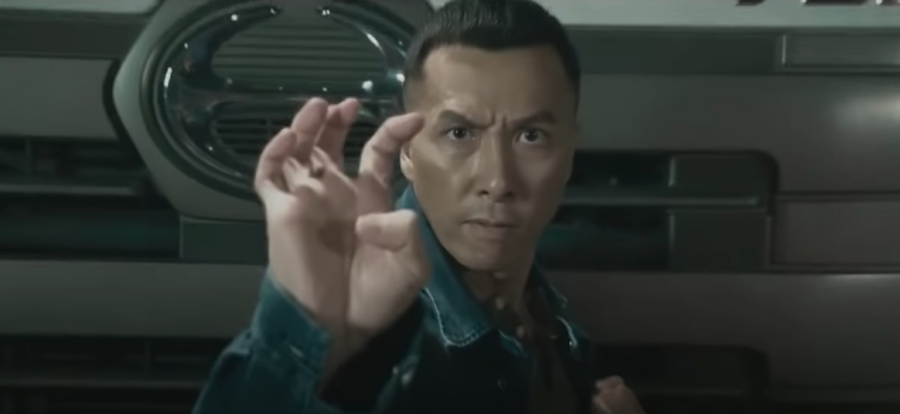Jackie Chan And Bruce Lee Had A Major Influence On A Hit Marvel Movie
A Marvel took a lot of notes from martial arts legends Jackie Chan and Bruce Lee!
This article is more than 2 years old

Considering how much punching and kicking — whether the blows are being delivered by super soldiers, green-skinned monsters, or spider-bitten teenagers — goes on in the Marvel Cinematic Universe, it’s surprising we don’t hear more about the influence of martial arts films on the narrative. Thankfully, that isn’t the case with this year’s Shang-Chi and the Legend of the Ten Rings. A new video with two of the film’s action designers makes it clear that the work of martial arts legends Jackie Chan and Bruce Lee informed many of the film’s impressive action sequences; the early fight on the San Francisco bus in particular.
Corridor Crew‘s Niko sat down with Yung Lee and Chris Cowan — both of whom were action designers on Shang-Chi, with the latter doubling as a stunt coordinator. Right off the bat, the trio discuss the early fight sequence in which Razor Fist (Florian Munteanu) and his goons accost the Shang-Chi (Simu Liu) and Katy (Awkwafina) on a bus. As Yung Lee points out, as early as Shang-Chi’s Marvel Comics debut in the ’70s, the character was heavily inspired by Bruce Lee, making his opening attack — a variation on Bruce Lee’s iconic one inch punch — particularly fitting. Right after covering the punch, the trio talk about how Shang-Chi’s use of his jacket as a weapon was likewise a conscious homage to Jackie Chan, whose uses his jacket to tangle up a crook in 1995’s Rumble in the Bronx. You can watch Corridor Crew’s video below.
The Shang-Chi action designers also point out other inspirations beyond Jackie Chan or Bruce Lee, though in some cases those influences track right back one of the two legends. For example, Cowan points out that the instantly classic pose Simu Liu assumes just as the bus enters a tunnel took a surprisingly long time to choose. Apparently many different poses were tried, and what ultimately wound up on screen was heavily inspired by a Donnie Yen shot from 2014’s Kung Fu Jungle. Cowan points out that Yen himself is heavily influenced by predecessors like Bruce Lee, so trying to track the inspiration is complicated because “it gets lost.”


Still, Jackie Chan and Bruce Lee aren’t the end of the influences in Shang-Chi. Right after the hero assumes his pose, our point of view cuts to the bus’ exterior and a long, impressive shot unfolds, opening with Shang-Chi blasting one of Razor Fist’s thugs through a bus window with a single punch. Yung Lee points out this is an homage to a similar sequence from 2003’s Oldboy.
Shang-Chi started off his fictional life very much as a product of the ’70s. As recounted by CNN, Shang-Chi was created by Steve Englehart and Jim Starlin — the latter of whom also created Thanos — only after DC Comics passed on their pitch to adapt David Carradine’s Kung Fu series. Seeing an opportunity to cash in on the rising popularity of martial arts films, Marvel Comics greenlit the pair’s idea for a kung fu comic. In 1973 — the same year Bruce Lee and Jackie Chan briefly shared the screen in Enter the Dragon — Shang-Chi made his first appearance in Special Marvel Edition #15. Two issues later, the comic’s title was changed to Master of Kung Fu. The comic was canceled in 1983 and Shang-Chi stayed mostly on the periphery of the Marvel Universe until Jonathan Hickman’s game-changing 2013 Avengers relaunch, which included Shang-Chi on the team’s roster for the first time.
As ScreenRant notes, to date Shang-Chi and the Legend of the Ten Rings is highest grossing movie in the domestic US box office. Its success pushed Disney to release the remainder of its 2021 films exclusively in theaters, rather than the simultaneous theatrical and streaming releases of films like Black Widow and Cruella. Shang-Chi is now available for streaming to all Disney+ subscribers.












